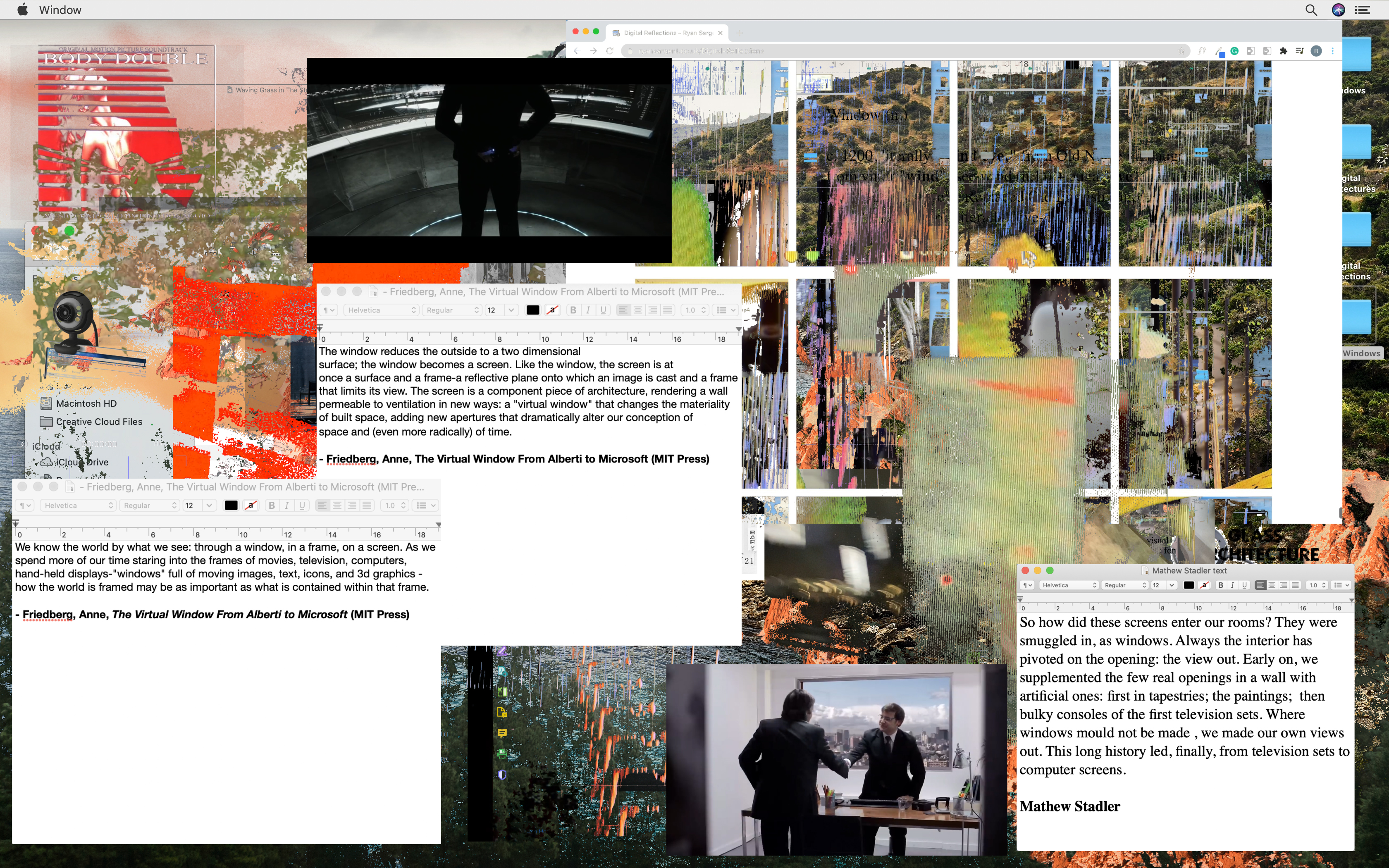

Over there, where the outside forms the inside, exterior forms the interior. This is yet another twist on what Glenn Ligon has so brilliantly called Hammons’s “movement toward placelessness” - an insistence that “not being from here” is a “deep critique of American society.” (6) If Hammons is not from here, then perhaps he is from there: that place seen in the distance, through the blinds and outside of the window’s frame. Hammons prefers to be outside, inhabiting modes of living that are relatively unseen if one is blind to their existence. The streets traffic knowledge and meanings that exist outdoors and away from the window pane that frames what one sees from the comfort of the indoors.

Hammons is quick to say that he’d rather “play with the street audience” because “they’re already at that place that trying to get to.” (5) This location that is not singular-the streets-always leads to a deferred point of arrival for Hammons. If, as the saying goes, there are none so blind as those who will not see, then Blind Reality asks us to consider what is left unseen, those modes of living left unattended to and in the margins of the visible.įor Hammons, these practices are often activated in the streets. This doubleness refocuses our attention toward the actuality of sight itself, the close intimacy between seeing and knowing one’s reality. The doubleness of the work is presented at the levels of form and meaning: blind as material and blind as a state of awareness. Moving beyond the window’s delineation of inside and outside, Hammons suggests we turn to its covering as a mediator of sight between these two locations. The window is also a frame, a proscenium: its edges hold a view in place. The window opens onto a three-dimensional world beyond: it is a membrane where surface meets depth, where transparency meets its barriers. It opens, it closes it separates the spaces of here and there, inside and outside, in front of and behind. The window is an opening, an aperture for light and ventilation. Anne Friedberg’s elaboration of the history of the window as a constitutive foundation of seeing and perspective in the history of art is of particular relevance:
#ANNE FRIEDBERG THE VIRTUAL WINDOW IN VIEWING POSITIONS HOW TO#
Public and private are thrown into crisis as the blinds mediate how to see and be seen through the window frame. Indeed, this sculpture is blind leading to blind in which the materiality of the object itself makes possible the condition of not seeing. In Hammons’s hands, these blinds no longer function. It is a body, doubling over seven times, bending to form itself ad infinitum.Īs window dressings, blinds perform a dual function: they conceal and reveal what is on both sides of the window, rendering into sight the external world and its attendant interior. The two wings form seven sensuous curves that ripple out from small to large in a figure-8 shape, an infinity sign that echoes out of its center into a circumscription of waves. This singular object made of many is then affixed onto a wood plane.

These blinds are no longer pristine white they have rusted into hues of deep brown, spotted with dark stains. Blind Reality is composed of seven Venetian blinds adjoined by nails and bent on both ends to form curves.

The George Economou Collection.īlind Reality (1986) (2) is a material gesture imbued with commentary and critique (3)-a sculpture that attests to the existential relationship between seeing one’s world and knowing one’s world.


 0 kommentar(er)
0 kommentar(er)
